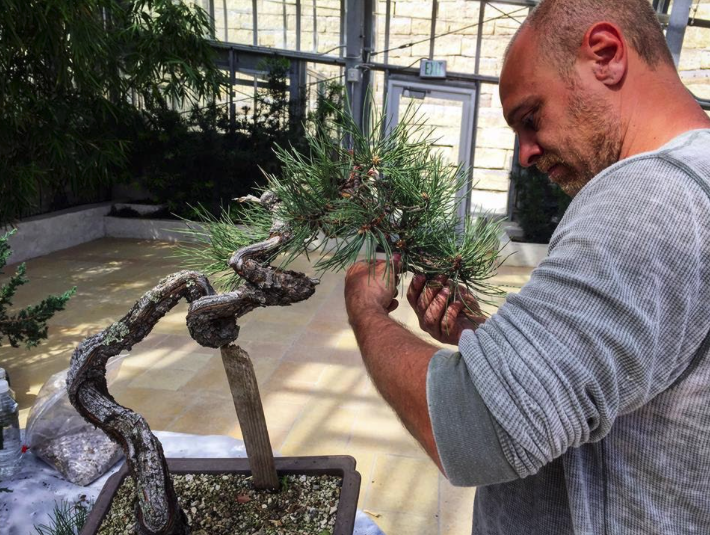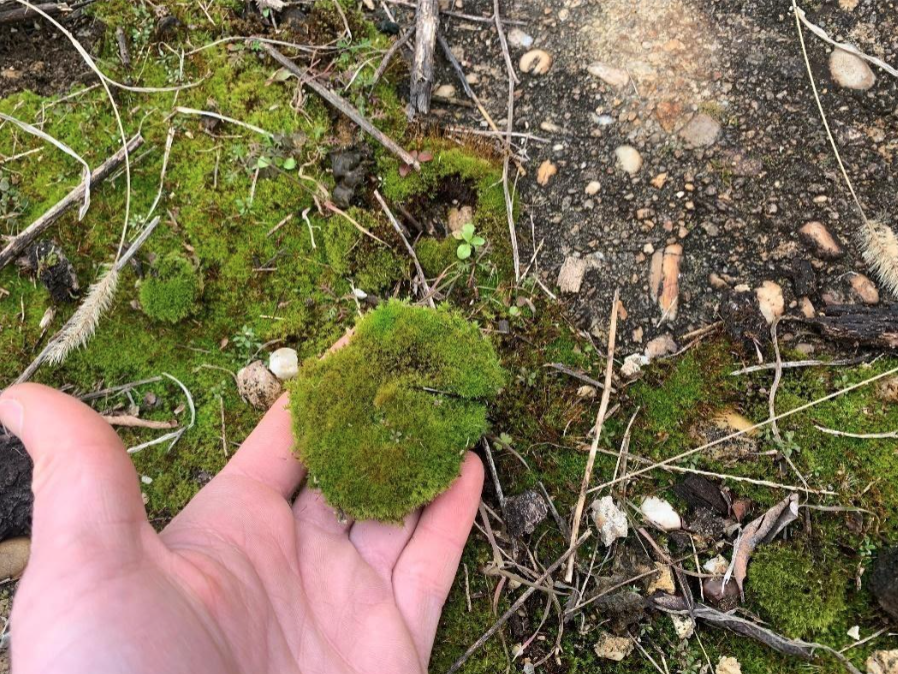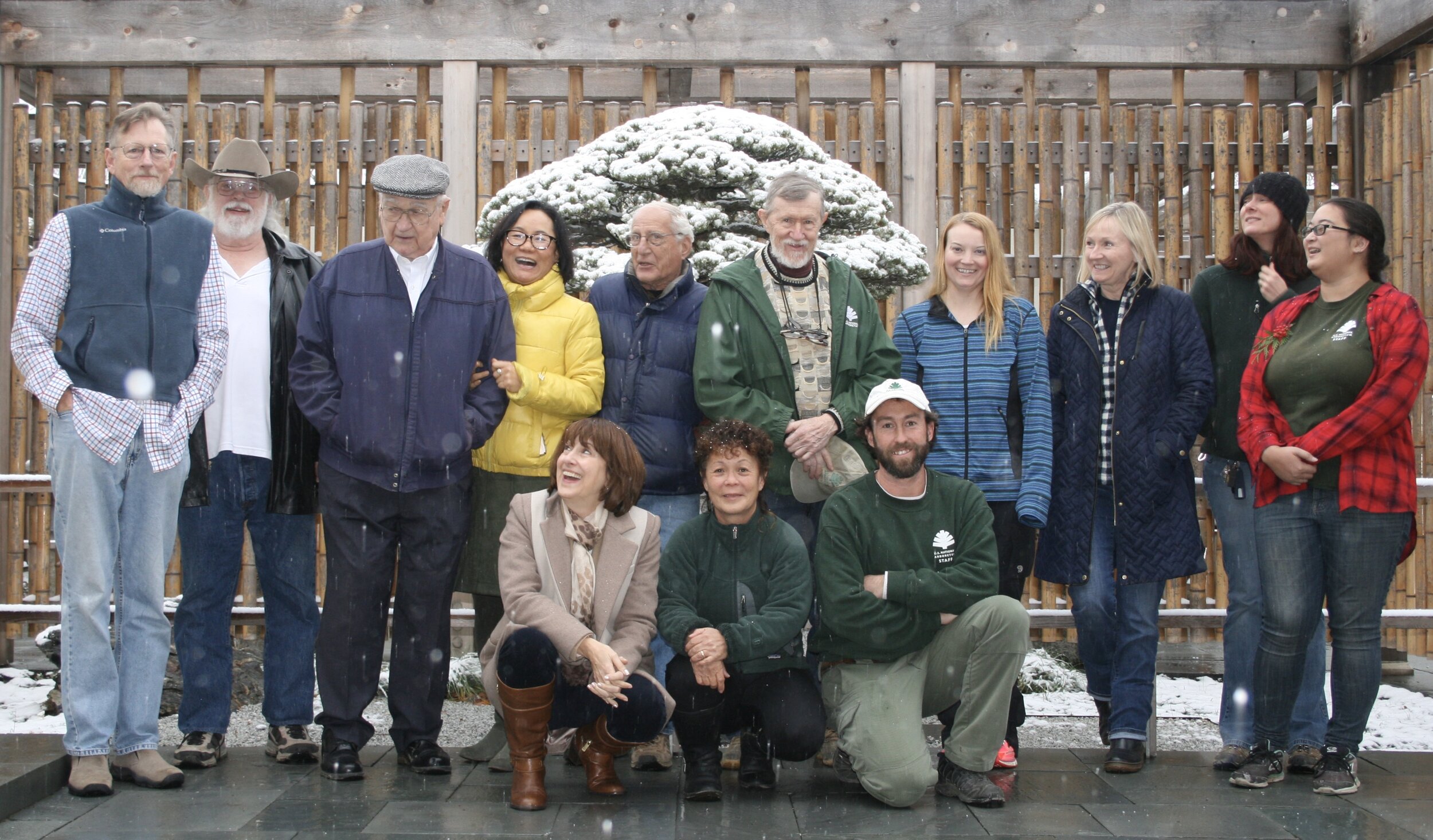Pitch pine donated by Muriel Leeds
Got plans for this week? We suggest visiting the National Bonsai & Penjing Museum at the U.S. National Arboretum!!
The National Bonsai Foundation is ecstatic to announce that the Museum is open again as of June 1, 2021! After closing last March to maintain staff and visitor safety during the COVID-19 pandemic, we are so happy to invite visitors back to enjoy the national collection’s breathtaking bonsai and penjing.
"Patience is a major component of training bonsai and penjing, but it comes with big rewards,” NBF Board of Directors Chair Jim Hughes said. “Thank you for your patience during the closure of the U.S. National Arboretum’s National Bonsai and Penjing Museum. You will be amply rewarded when you return for a visit."
The Museum will resume its normal daily operating hours of 10 a.m. to 4 p.m. All outdoor portions of the Museum will be open to the public, but please note that the indoor Tropical Conservatory and Exhibits Gallery will remain closed for now.
Not to worry – the tropical bonsai have been moved outside with the rest of the trees to enjoy the summer climate. We ask those who have not been vaccinated yet to wear a mask and maintain 6 feet of distance from others while admiring the trees.
Please donate today to help support the museum's reopening efforts.
A Satsuki azalea ‘Nikko’ donated by Masayuki Nakamura (Left) Juniperus chinensis var. sargentii donated by Kenichi Oguchi (Right)
During the Museum’s temporary closure, these treasured bonsai and penjing continued to grow, bloom, put on a colorful fall show, and enter dormancy in winter, Hughes said.
"The living sculpture of bonsai and penjing at the U.S. National Arboretum is never static,” he said. “Come back and see how they have flourished in the past year.”
NBF thanks Museum staff for keeping a close eye on the trees while visitors were absent and would like to welcome back the incredible volunteers who skillfully care for the trees and bring warmth and camaraderie to the Museum.
Ross Campbell, an NBF officer and board member, had just begun volunteering at the Museum a few months before the closure but is eager to get back to caring for and admiring the trees.
“One of the difficulties of the past year has been the disappointment of not being around, and learning from, the Museum staff and the trees themselves,” he said. “I am thrilled that I can now spend time again at the Museum and grateful the public can too.”
Arboretum Director Dr. Richard Olsen said the year of closure afforded a rare opportunity for the bonsai to grow with vigor and abandon. Olsen added that Museum and Arboretum staff and recently returned volunteers have been busy training, clipping, thinning and repotting in preparation for the trees’ return to center stage.
“We look forward to your return and reconnecting with these living treasures,” he said.
Museum Curator Michael James said visitors can expect to see a few minor changes throughout the Museum. A few trees have been removed from the cryptomeria walk visitors experience when entering the Museum, which will allow more light into the area and help the remaining trees to flourish. Trees were also taken out of the Kato Family Stroll Garden, which leads to the Japanese Pavilion, to ensure the garden stays in scale as a miniature forest.
Newly carved deadwood on the Ponderosa pine
Staff have been letting many bonsai grow out, then have aggressively pruned them back to keep them healthy.
“When we see the trees everyday, sometimes those little changes are almost unnoticeable, but when you leave for a long time and come back to them it looks like some trees have changed a lot,” James said.
On the buttonwood donated by the CIA, staff have changed the trunk’s position and are preparing to rewire the tree to adjust its canopy shape. James anticipates the bonsai will be ready for display by the end of the summer. A black hill spruce with twin trunks will also be on display for the first time in the upper courtyard this summer.
“Right now we’re just like busy bees getting everything ready, so we’re a little anxious and a little excited to have people back,” he said. “The national collection is too beautiful to not be seen and enjoyed.”




























